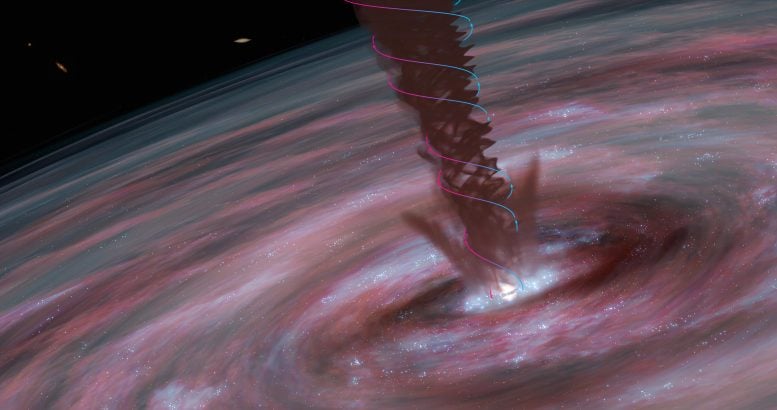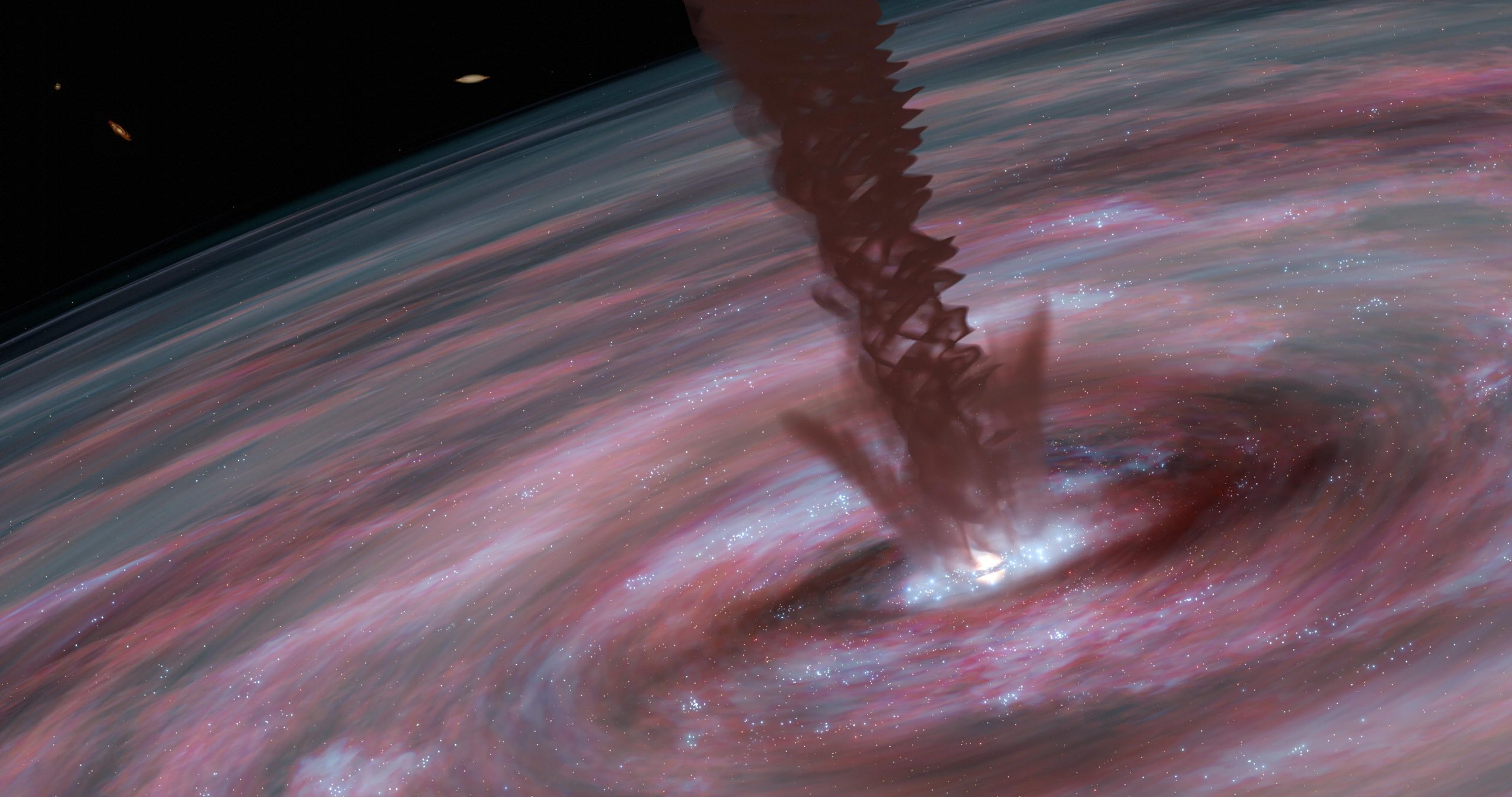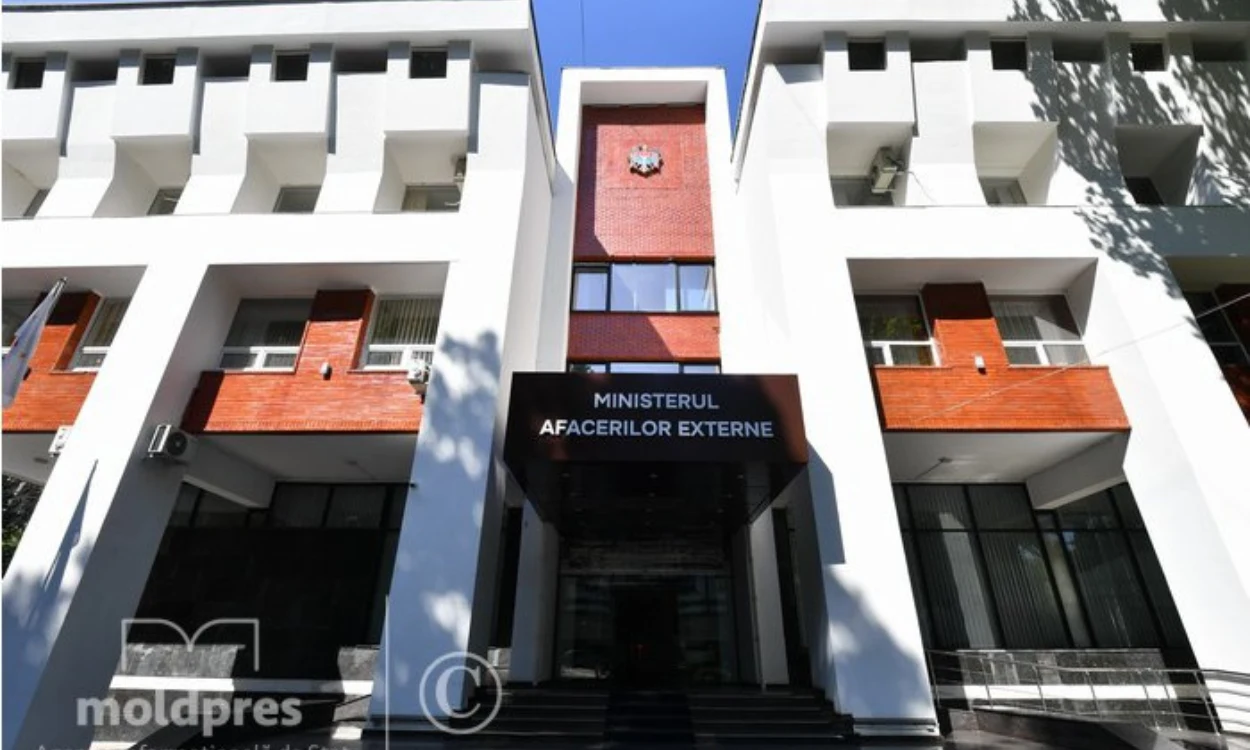A spiraling wind helps the supermassive black hole in galaxy ESO320-G030 to grow, assisted by magnetic fields. In this illustration, the core of the galaxy is dominated by a rotating wind of dense gas leading outwards from the (hidden) supermassive black hole at the galaxy’s very center. The motions of the gas, traced by light from molecules of hydrogen cyanide have been measured with the ALMA telescope. Credit: M.D. Gorski/Aaron Geller/Northwestern University/CIERA
Newly uncovered process is similar to how stars and planets are born.
A Center for Interdisciplinary and Exploratory Research in Astrophysics (CIERA). When the research began, Gorski was a postdoctoral researcher at 
Colored lines with arrows show the motions of the gas traced by light from molecules of hydrogen cyanide and seen with the ALMA telescope (blue indicated motion towards us and red away). Credit: M.D. Gorski/Aaron Geller/Northwestern University/CIERA
Spying on the Milky Way’s Neighbor
Most galaxies, including our own DOI: 10.1051/0004-6361/202348821
The study was supported by the Swedish Research Council (grant number 621-2011-4143), the European Research Council and the Nordic ALMA Regional Center node based at Onsala Space Observatory.





















Discussion about this post